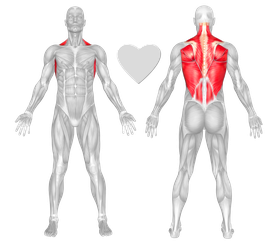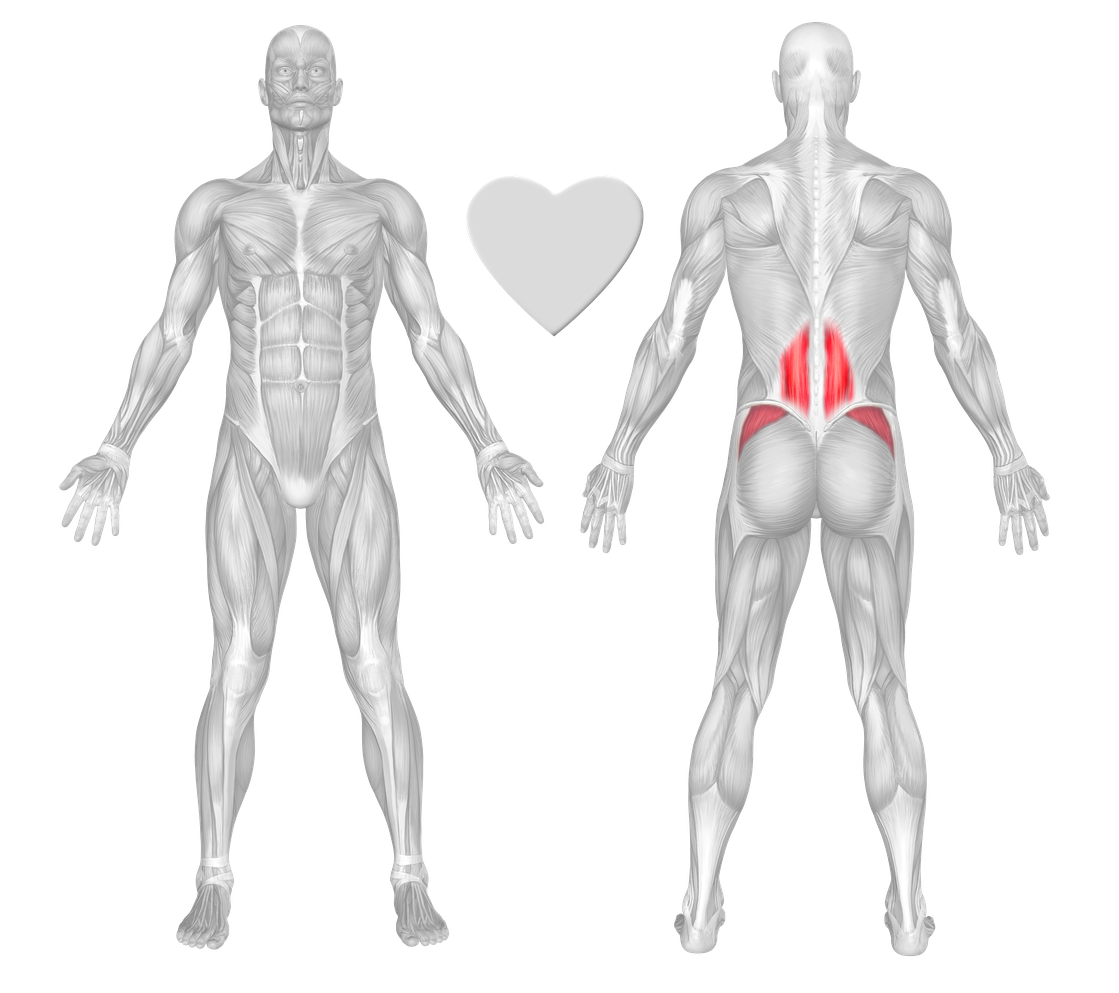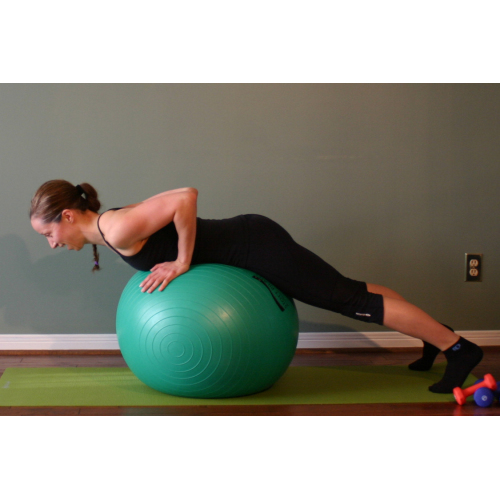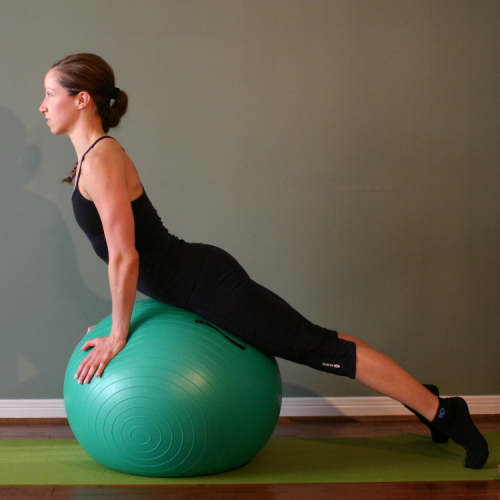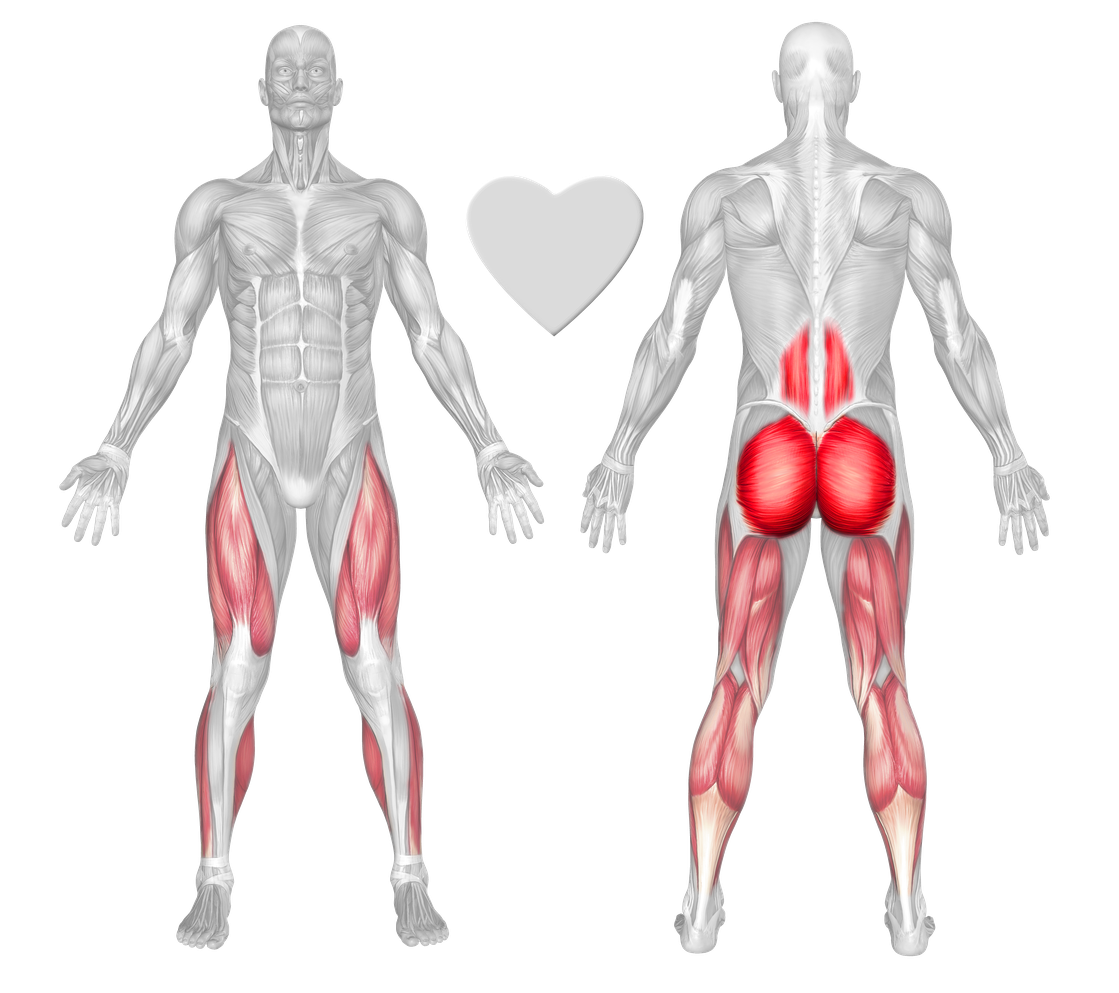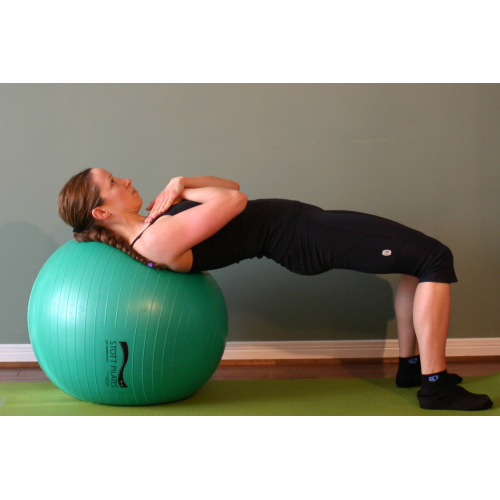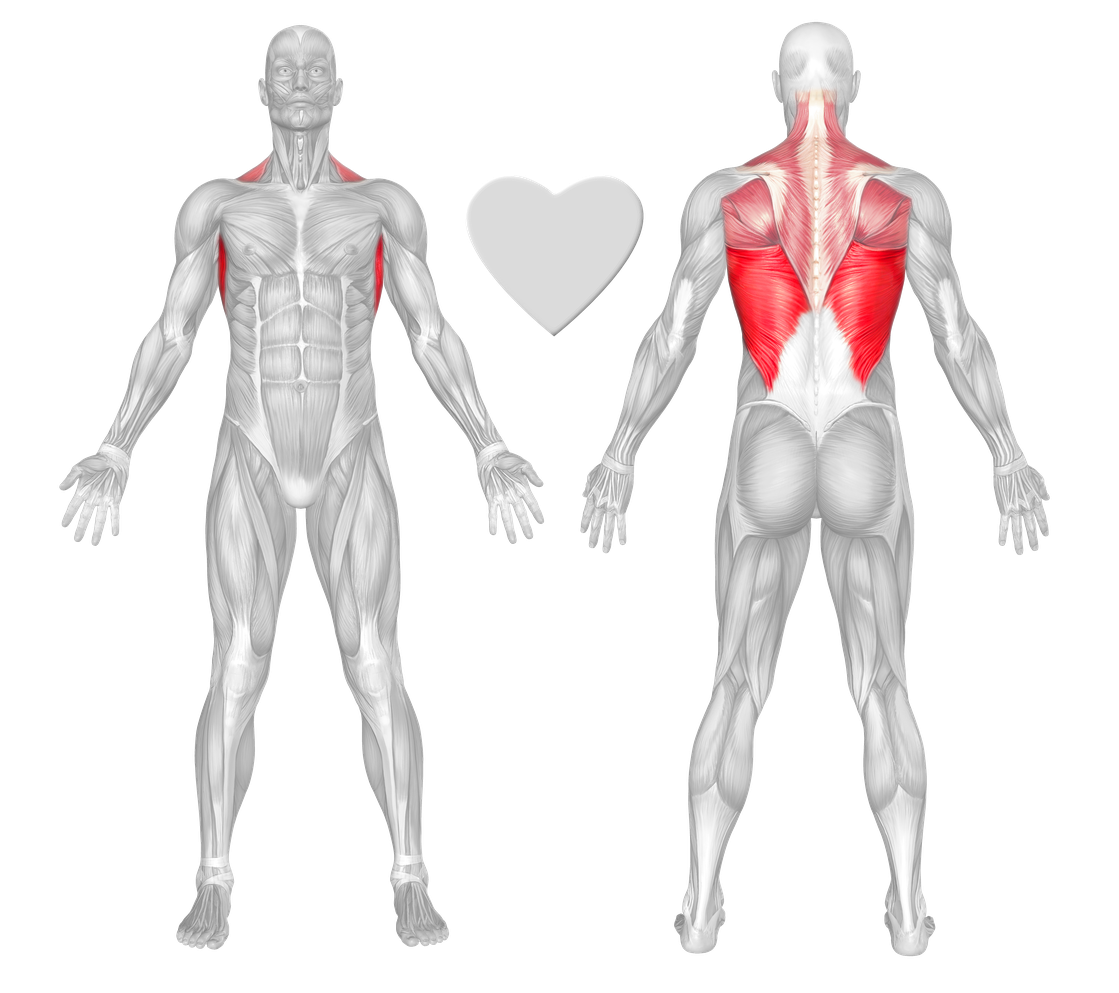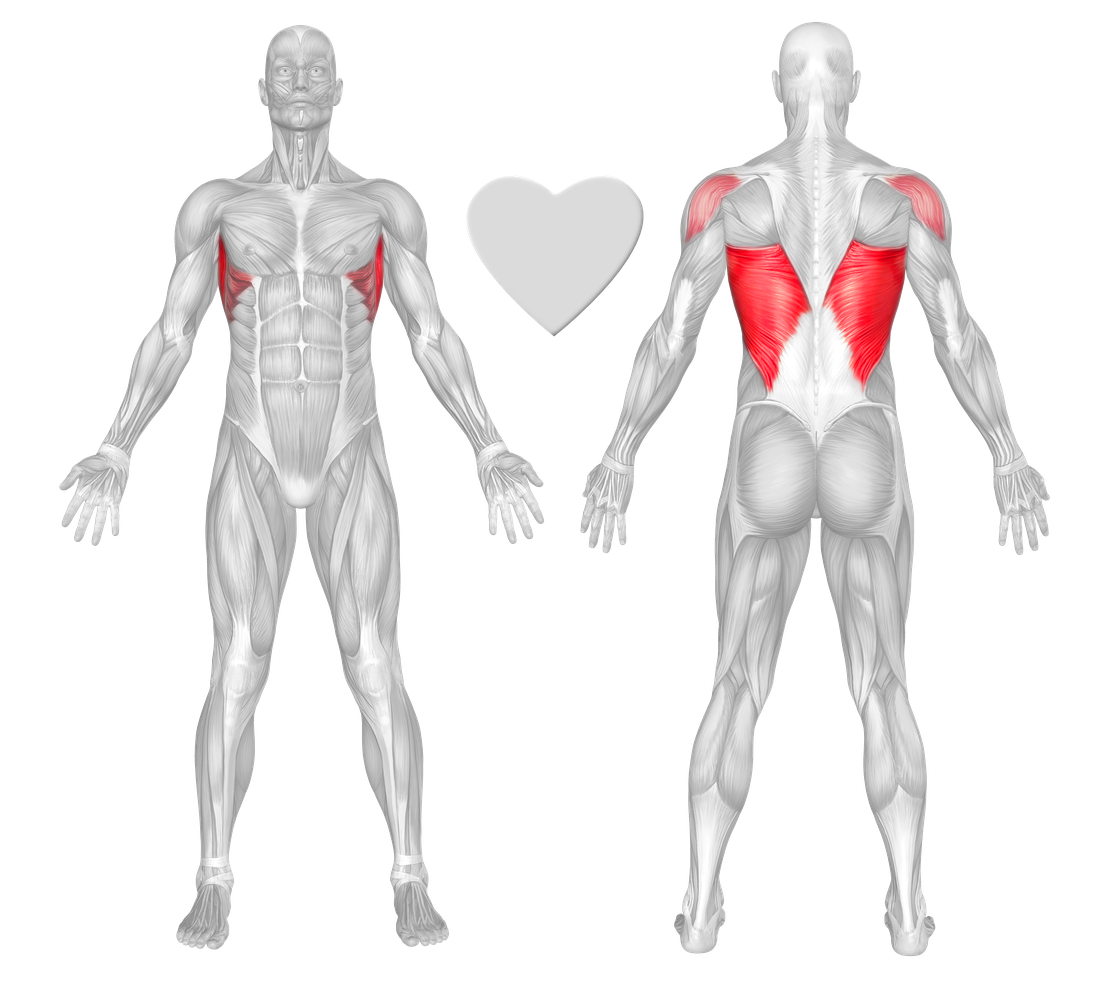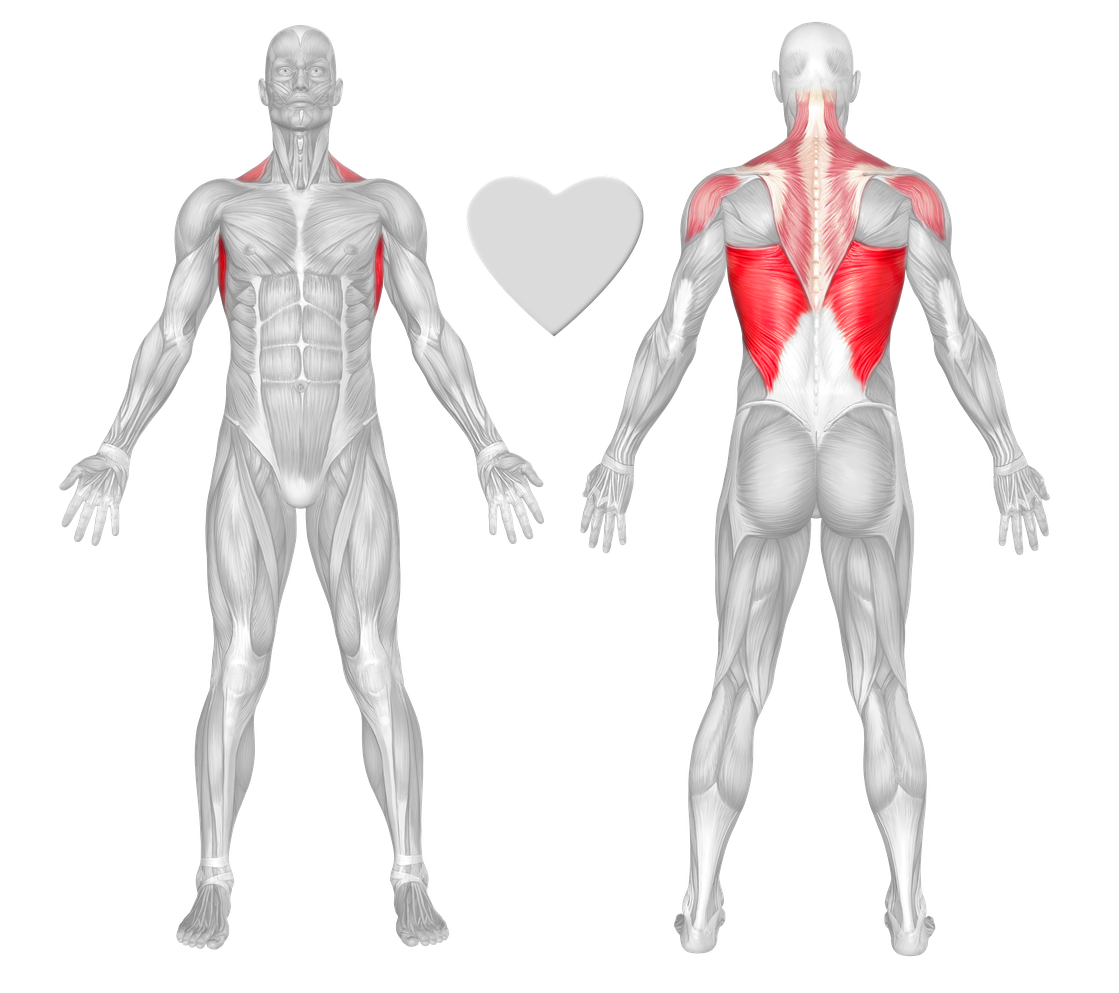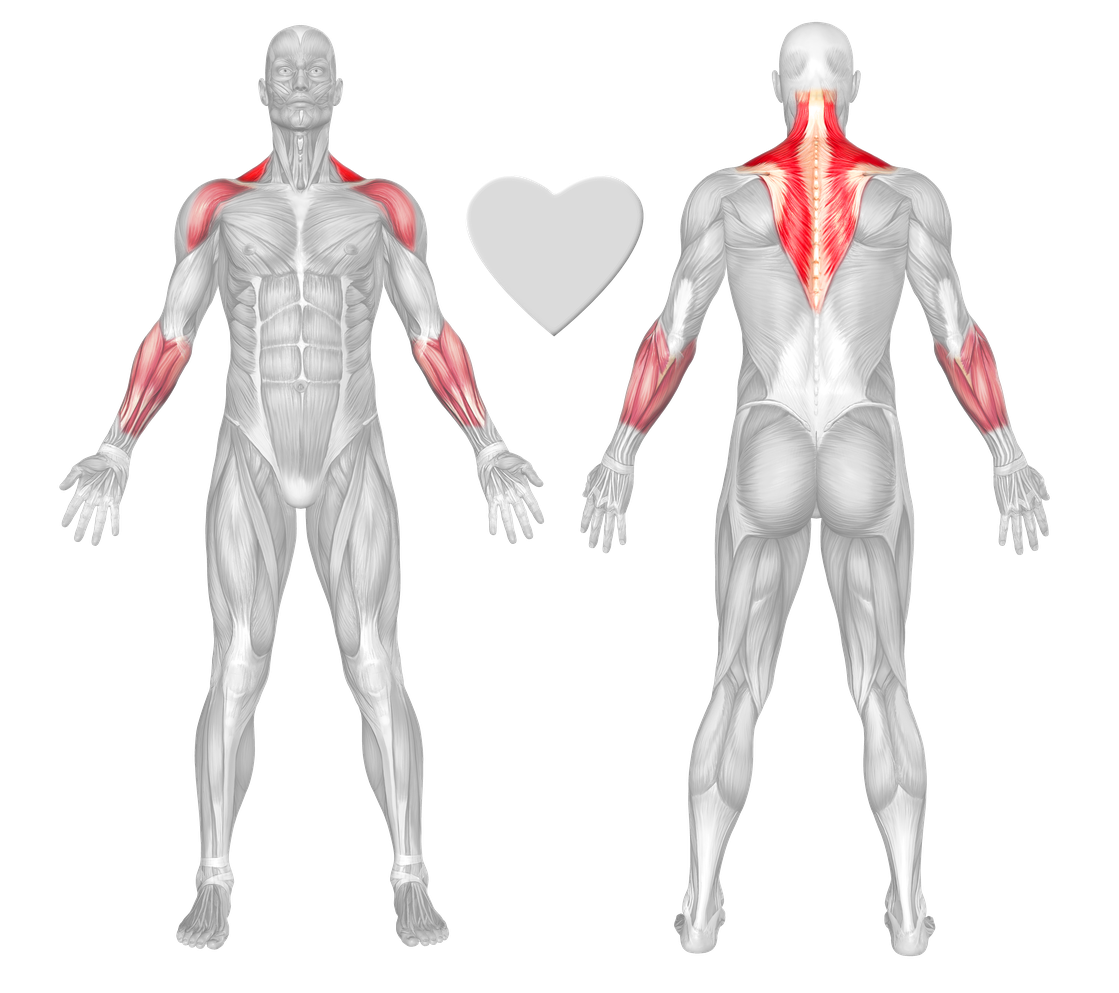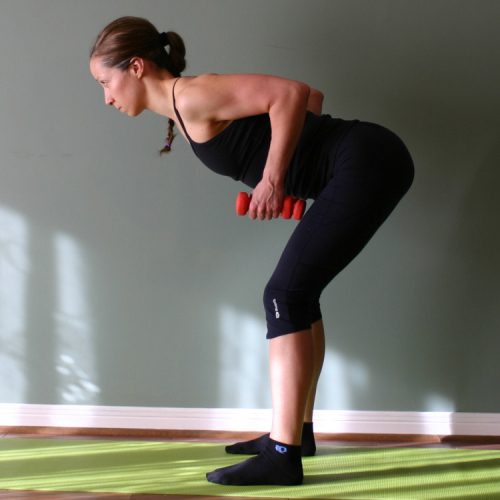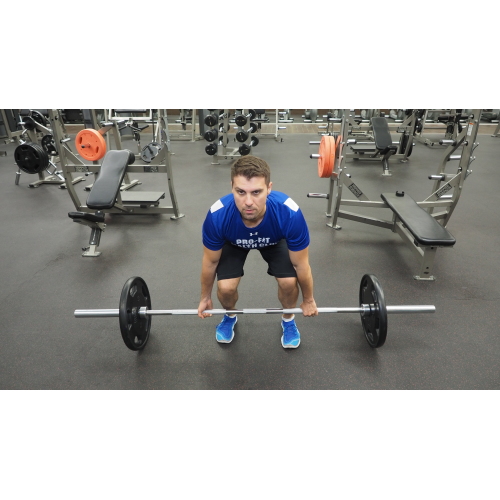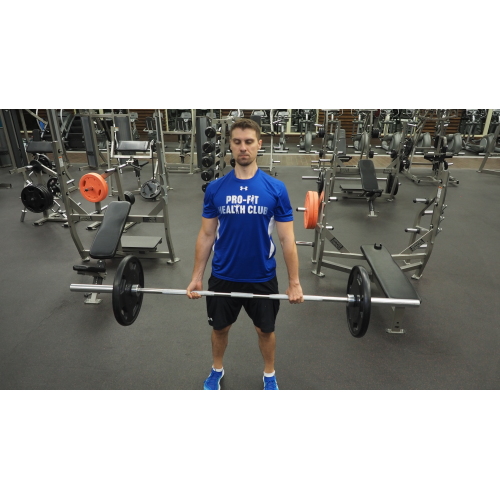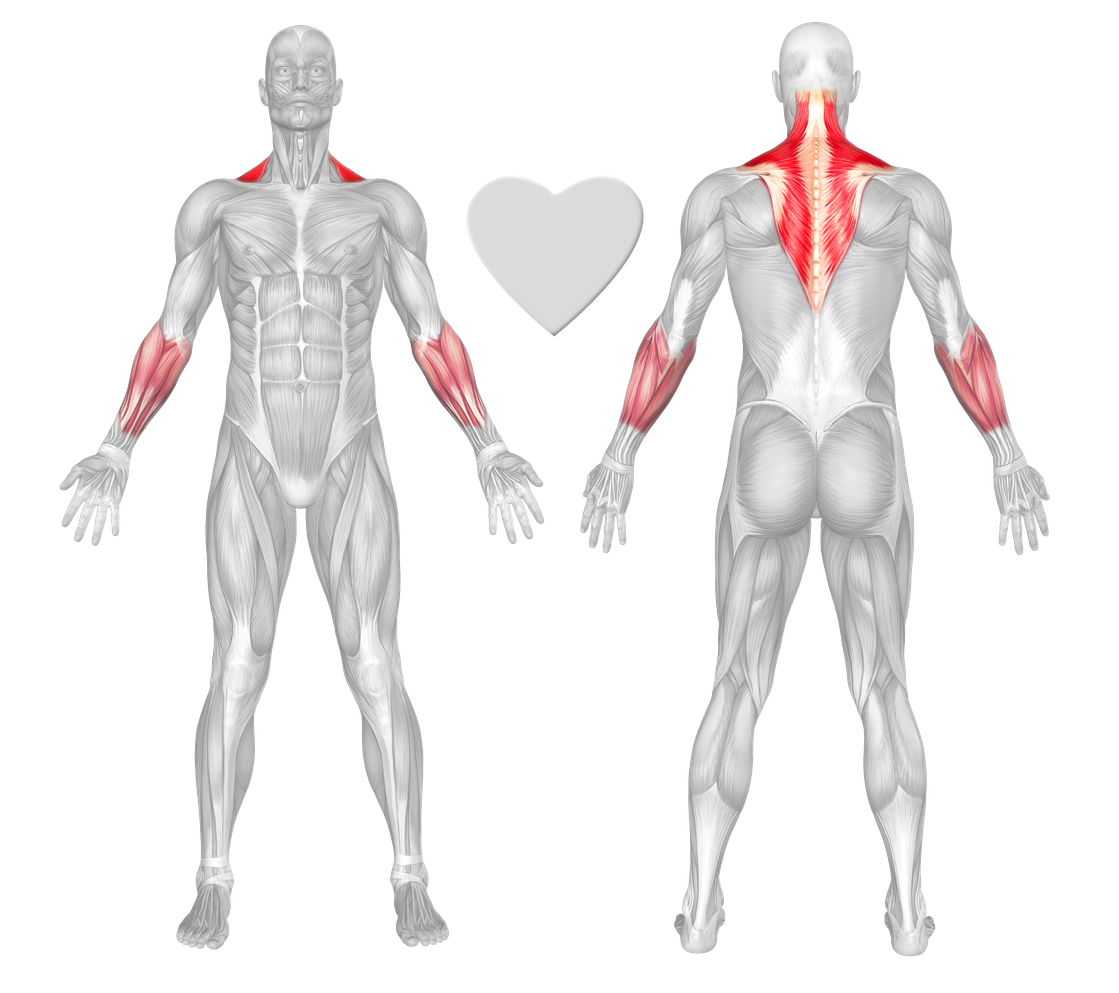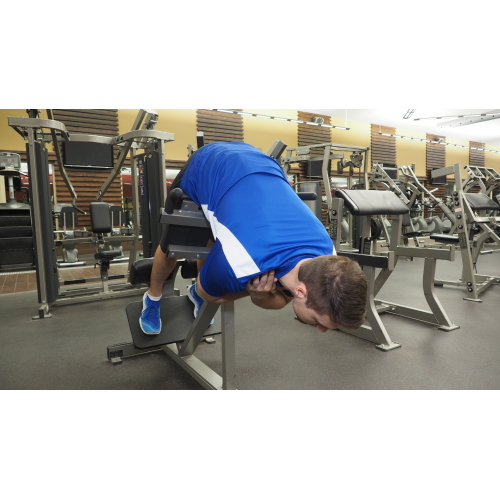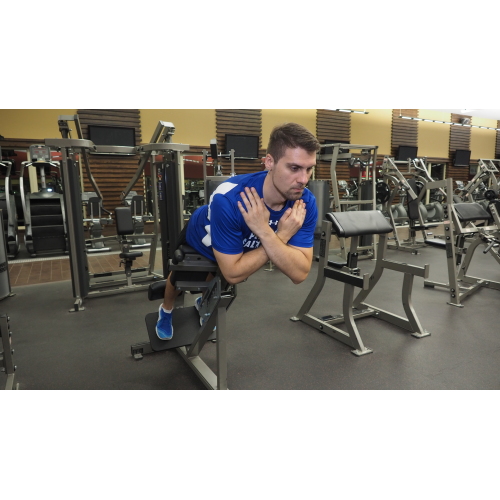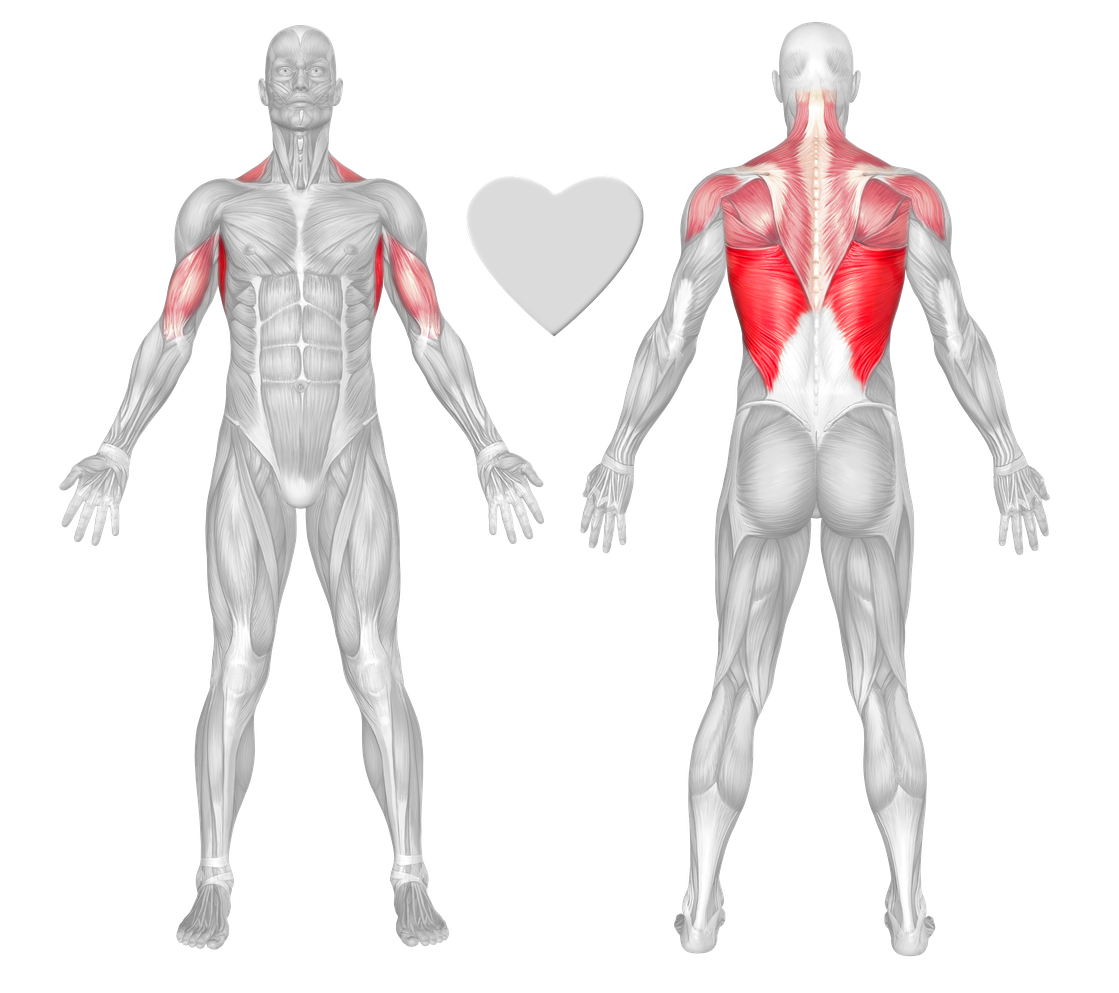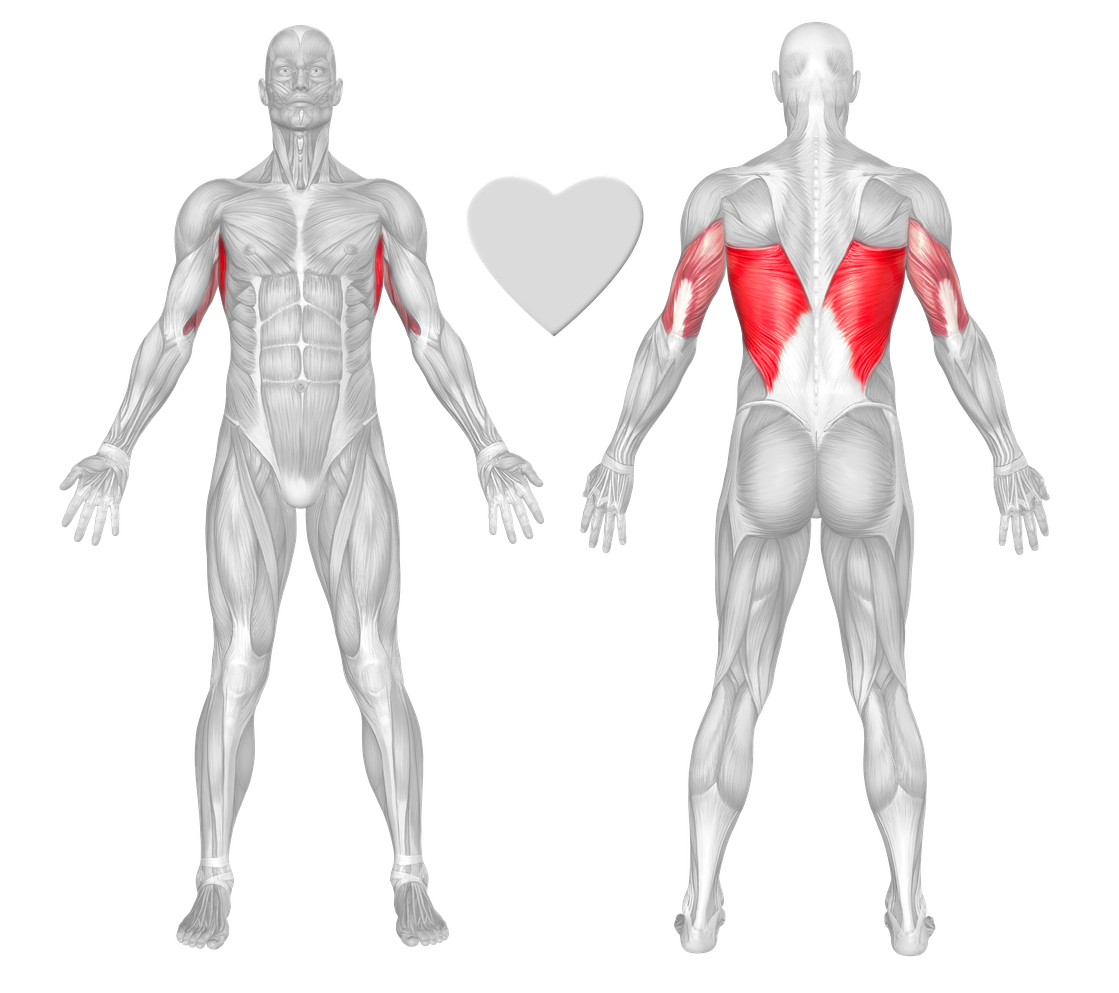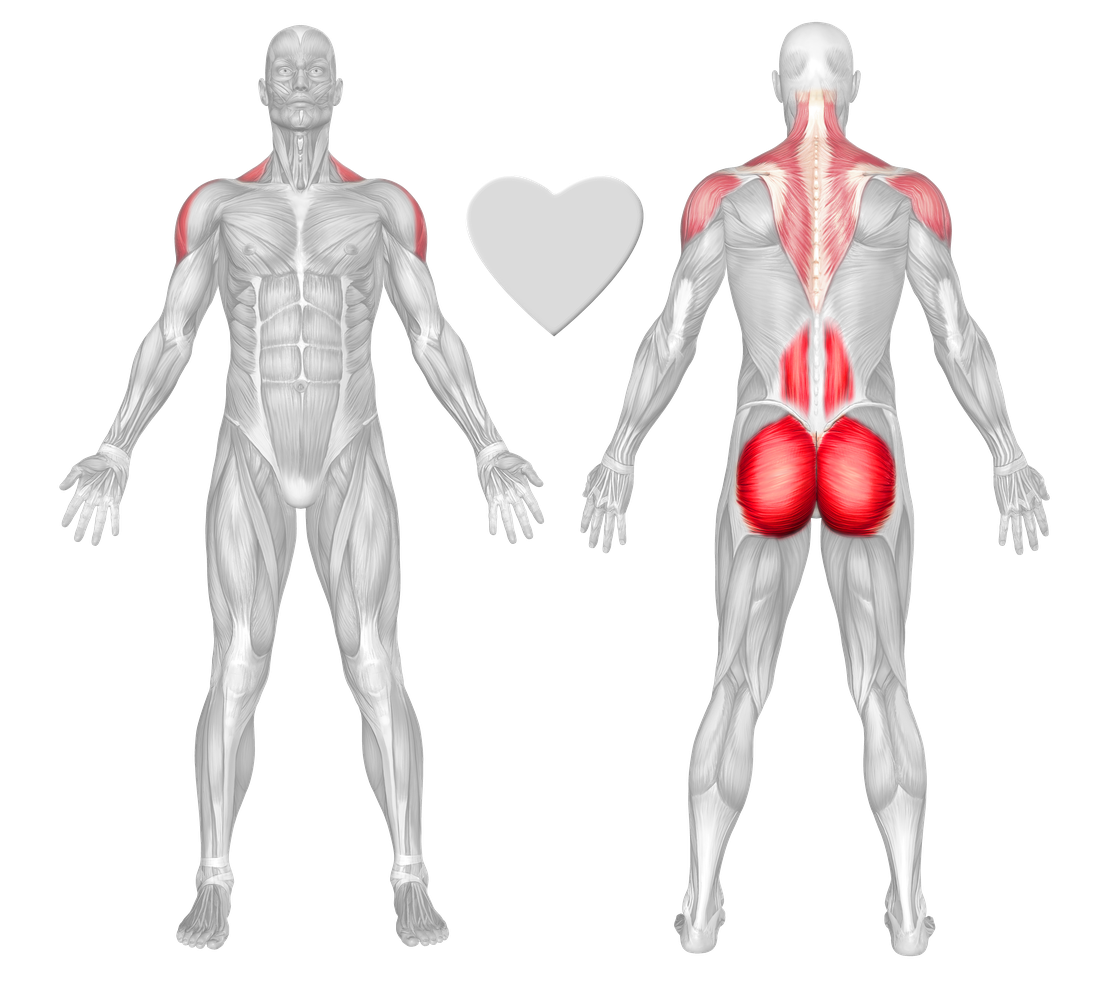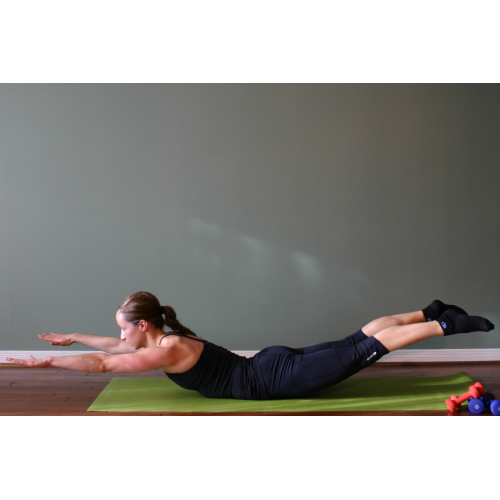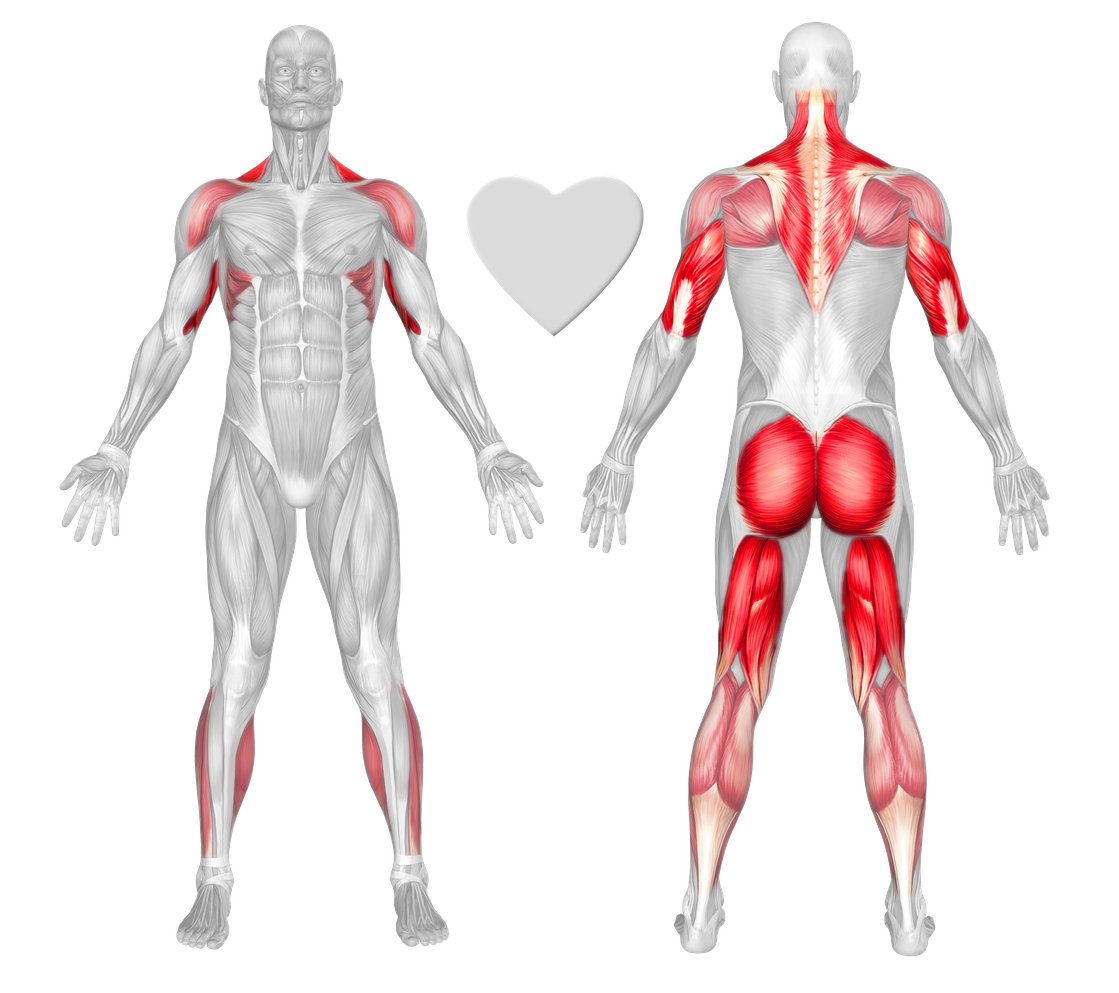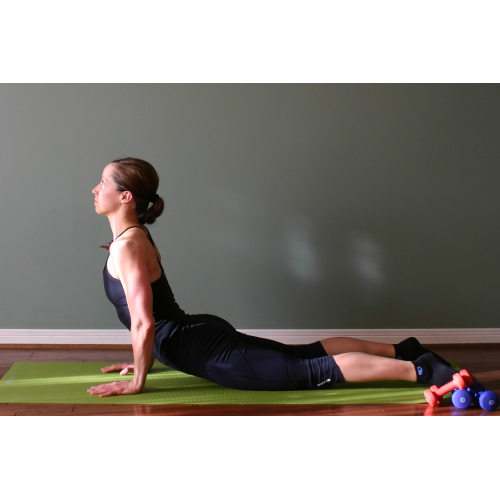Back
The development of the muscles of the back are important for posture, strength and overall well being. In individuals, the development of a wide back can always give the illusion of a narrow waist. It is significant to have a strong lower back which will support you in many exercises, as well as in many tasks in your daily life. Trapezius muscles are also key as they help and aid your shoulder muscles and are a strong factor in preventing injuries.
Anatomy and Benefits
The back is composed of three main muscle groups. The trapezius traps, latissimus dorsi back and spinal erectors lower back. The trapezius are located originating from your neck down to the middle of your back where they come to a point. Your lats are located at each side of your traps which extend from the shoulders down to your lower back. The major function of the latissimus dorsi is to extend the arm and to rotate the arm medially. The major function of the trapezius is to move the scapula. Finally, the major function of the spinal erectors is to extend and laterally bend the trunk, neck and head.
Exercise Basics
The back is divided into three generalizations, the thickness, width and detail of the lower back. Of course, there are a variety of exercises available which target each area specifically. The two main movements or type of movements which stimulate the back muscles are the range of movement of the shoulders being pulled back or down. In addition, for the lower back, since it's function is that of a stabilizer, you must actually bend at the waist to stimulate its growth. The trapezius muscles which form the basis of the upper back work in opposition to the exercises of the back. However, the trapezius are trained as a secondary muscle for many exercises of other body parts. The exercises which are beneficial are shrugging movements.
Composing muscles
